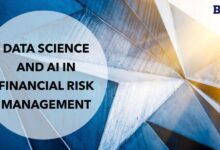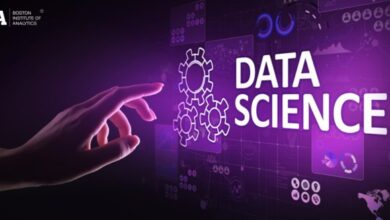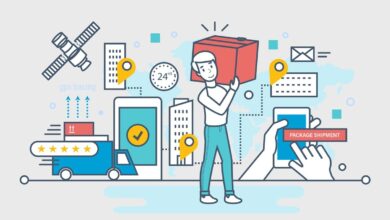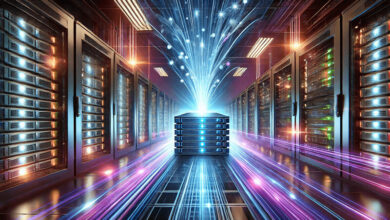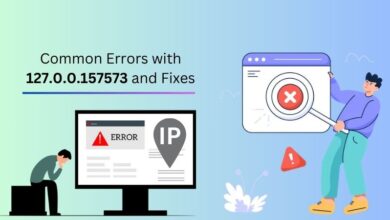Why is RWA Tokenization Exploding in 2025?
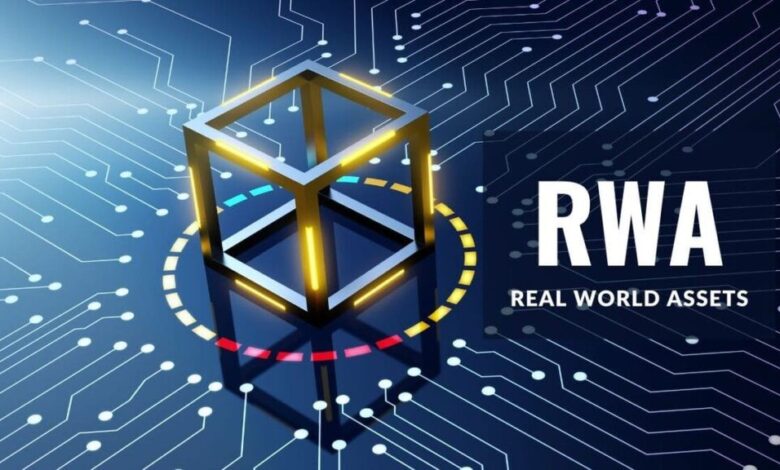
Introduction
Physical assets such as gold, real estate, or art could only be available to the richest with a high barrier of entry, poor liquidity, and lots of paperwork. Retail investors, and even institutions, had struggled with access, transparency, and efficiency in holding assets of the real world over many years.
Real-World Assets Tokenized breaks those boundaries. Turning real assets into tokens that someone can buy, sell, and trade on the blockchain. Between increasing institutional interest, improving blockchain infrastructure, favorable regulations, and increased fractional ownership demand, this is being pushed forward.
RWA tokenization companies are making it easier than ever to invest in tangible assets, without the traditional complexity.
In this blog, we’ll dive into the key reasons behind this explosive growth in RWA tokenization and why 2025 is becoming a turning point for the future of asset ownership and blockchain finance.
Why Invest in RWA Tokenization Solutions?
Tokenizing real-world assets brings a wiser and more accessible method of owning assets in place. Investors can find new ways to enter that were previously inaccessible to them.
These investments provide better liquidity since the tokens can be traded at any time on the secondary markets. A portion of ownership gives the investors an opportunity to begin with small amounts, and this makes high-value assets affordable.
Faster settlement time and lower costs of transactions, as well as greater levels of transparency that are accrued by RWA tokenization. As regulators continue to back up and institutional participants grow more interested, placing an investment in tokenized real-world assets is promising to be a safe and future-proof approach.
Why is RWA Tokenization Surging in 2025?
In 2025, Trillions of RWA are turning around with an influx of investors searching for high-security, transparent, and easily accessible methods of ownership of a real-world asset.
- Increased Institutional Demand The big institutions are buying into tokenized real-world assets because they are providing improved liquidity, transparency, and diversification. RWA tokenization companies are combining their forces to serve this emerging need among the established players of the traditional finance side.
- Supportive Government and Transparency in Regulation: More transparent regulatory systems in key economies are aiding the tokenization of assets to be legitimate. More RWA tokenization companies are becoming entranced with government help and sandbox frameworks to evolve and expand.
- Increasing Demand for Fractional Ownership: The idea of tokenization facilitates the division of high-value assets into small shares. This initiates investment opportunities for millions, which makes this trend of tokenization of real-world assets more appealing all over the world.
- Enhanced Blockchain Structure: RWA tokenization companies are able to provide safe and cost-efficient platforms with more scalable and faster blockchain networks. These are mechanical improvements that make asset tokenization more realistic in practice.
- DeFi Ecosystem Integrations: DeFi is entering a new era of tokenized real-world assets that can be used as collateral, for loan-giving, and as yield-generating. This congruence is increasing the rate of RWA tokenization in the industry.
Top Use-Cases for Tokenization Investment in 2025
In 2025, real-world assets will be more accessible, liquid, and efficient. By converting tangible assets into digital tokens on the blockchain, this new trend is opening up opportunities for investors in everything from fine art to real estate.
Here are some top use cases you should know:
1. Real Estate for Businesses
One of the most dependable assets to invest in through RWA tokenization platforms is still commercial real estate. Warehouses, shopping malls, and office buildings all produce consistent rental revenue and have a propensity to increase in value over time.
Commercial properties are a desirable option for both institutional and individual investors because of their excellent potential for steady cash flow and long-term growth, which is fueled by the rising need for flexible workplaces and logistics centers.
2. Bonds that are tokenized
Tokenized bonds, which offer fixed principle and interest payments, are debt securities issued by governments or businesses. Bonds are appealing in volatile market situations because they are perceived as less risky than equities and offer a more consistent income stream.
Increasing platform openness and regulation also boosts investor confidence. In 2025, tokenized bonds are a wise choice for investors looking for steady yields at a moderate risk.
3. Collectibles and Art
By enabling fractional ownership through RWA tokenization platforms, tokenization changes the traditional illiquid and costly nature of art and collectibles. More investors can take part if luxury commodities, rare collectibles, and high-value artwork are split up into tokens. Investors enjoy reduced entry costs, simpler trading, and the possibility of capital gains.
4. Farmland
With the potential for both land appreciation and income from crop production, agricultural land is a desirable real-world asset use case. The value of farmland is supported by the continued strong worldwide demand for food and biofuels. Investments in farmland offer protection against inflation and are less volatile than stocks.
Well-managed agricultural property is becoming more and more valuable as sustainable farming methods gain traction. This asset class offers advantages for food security and the environment, along with consistent income.
5. Projects involving infrastructure
Examples of the growing importance of infrastructure assets include roads, bridges, airports, and renewable energy facilities. These schemes tend to be fairly predictable in terms of cash flows and are long-term due to being supported through either the public or the private sector.
The renewable energy infrastructure, i.e., wind farms and solar farms, also provides a growth opportunity and supports the attainment of environmental objectives due to the global shift to sustainability. Infra investments appeal to both ethical and conventional investors as they present a glimpse of both worlds in terms of impact (e.g., social good) and returns (e.g., regular).
RWA Tokenization Trends in 2025
1. Regulatory Improvements
Regulation will become an RWA tokenization platform in 2025. UAE’s VARA, Singapore’s MAS, and the EU’s MiCA framework are establishing clear, detailed standards for digital assets and tokenized securities. This clarity about regulations promotes corporate participation, as JPMorgan entered regulated tokenized bond markets.
MiCA enables pan-European trading, enabling RWA tokenization platforms to issue over $100 billion compliantly. Such frameworks increase investor confidence, enabling tokenized real-world asset acceptance and mainstream banking integration.
2. Interoperability across chains
A fundamental improvement for RWA tokenization platforms is cross-chain compatibility. Tokenized assets were previously on segregated blockchains, limiting liquidity and user flexibility. IBC, Chainlink CCIP, and THORChain enable cross-blockchain asset transfers without token wrapping or price slippage.
DEXs will offer native cross-chain swaps by mid-2025, making tokenized assets like Ethereum corporate bonds and Solana real estate fractions easy to trade. This invention boosts global liquidity, making RWA tokenization platforms more efficient and user-friendly.
3. Micro-ownership
RWA tokenization platforms enable micro-ownership, changing investing. Today, investors may buy fractions of high-value assets like real estate or commercial buildings for $10 or $50.
Art breaks financial barriers by making premium assets accessible to everyday investors. Tokenization is expected to add 200 million investors worldwide by 2025.
RWA tokenization platforms promote financial inclusion and market participation by simplifying access and cutting expenses.
4. DeFi Accepts RWAs for Liquidity Pools
DeFi integrates RWA tokenization platforms more. As LEEP, Maverick, and dYdX debut hybrid trading models with order books and automated market makers, this is changing quickly.
These portals list crypto assets, tokenized bonds, real estate, and yield products. Daily RWA trade volume has increased 10-fold in early experiments, indicating growing acceptance and liquidity for real-world asset tokens in decentralized marketplaces.
5. Layer 3s/ZK for Speed and Privacy
Layer 3 solutions based on Ethereum Layer 2 networks improve RWA tokenization systems’ transaction speed and privacy. These rollups make tokenized asset trading faster and cheaper with transaction fees below $0.001 and near-instant finality within two seconds.
Users may confirm ownership or regulatory compliance without exposing sensitive information, creating more secure, efficient marketplaces that appeal to institutional investors managing regulated, high-value assets. This technology increase is crucial for RWA tokenization platform acceptance and confidence.
Conclusion
The tokenisation of RWA will change the way the world invests in 2025 by providing access to, and improving the liquidity and efficiency of, real-world assets. More investors are looking to tokenize real-world assets as a tool of diversification and sustained portfolio increase as institutional interest intensifies, clarity in regulation and strengthening of the blockchain infrastructure deepen.
The possibility of owning parts of assets of high value, as well as adoption within the DeFi systems, is becoming a new form of joining the financial opportunities. A top asset tokenization development company, can help you tokenize your assets and scale your business. As tokenization companies lead the innovation and adoption of RWA, the trend is no longer a futuristic phenomenon but a current transition contributing to the transformation of investment, value storage, and interaction with traditional assets.
FAQs
1. Are tokenized real-world assets secure?
Security is determined by the used platform and smart contracts. RWA tokenization firms with reputed security standards go in line with audits and security compliance measures to protect investors.
2. What’s the future of RWA tokenization beyond 2025?
After 2025, the tokenization of RWA should increase to more asset classes, be more globally regulated, and lay even more deeply into traditional finance and DeFi.
3. Which regions are leading in RWA tokenization?
Such territories as the US, UAE, Singapore, and some regions of Europe have become the pioneers in the distribution of RWA tokens, as they have appropriate laws and blockchain development organizations.
4. Can small investors participate in RWA tokenization?
Yes, the aspect of tokenization allows even small-scale investors to invest in high-priced assets using a low amount of capital, thus making investment more broad-based and affordable.
5. What role do RWA tokenization companies play?
Companies engaged in the development of RWA asset tokenization services offer the technology infrastructure, legal structures, and the platform to issue tokens to make the token issuing process secure and compliant with real-world assets digitization.
